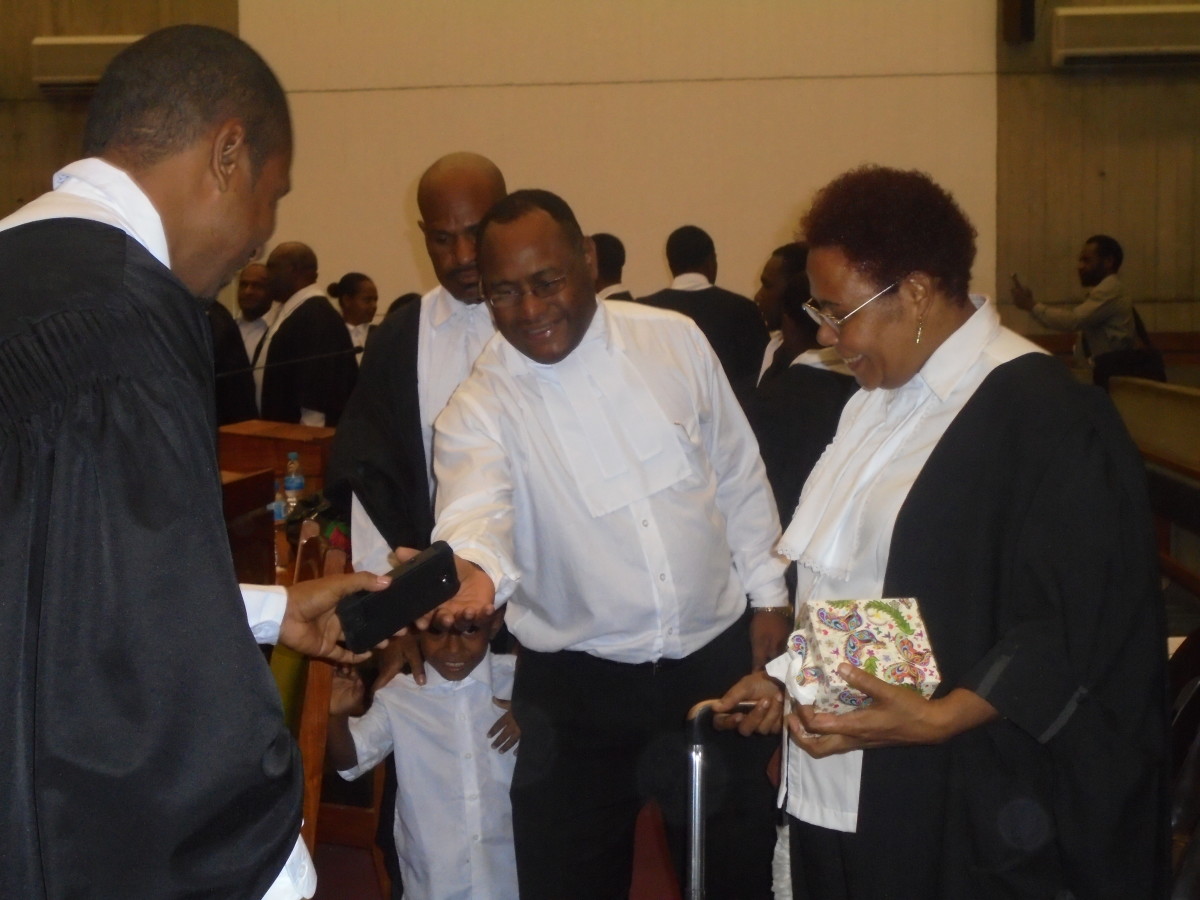Principle of Strict Liability-Law of Tort
In Law of Tort, principle of strict liability applies
Introduction
The principle of strict liability is covered by negligence with the increase of technology, nuclear bombs, aeroplanes, and weapons and so forth like that. We therefore are concerned with the risk involved in those activities. These activities expose mankind to the risk of injury or harm. In that there are several options to deal with these kinds of activities as well. The moment you store or keep a dangerous thing the liability will arise if the thing escapes, not because you let it go as a result of negligence but for you keeping the thing. The principle was exclusively set and expounded in the famous case of Rylands v Fletcher.
The principle of Rylands v Fletcher
This is an appeal to the House of Lords from a decision of the Court of Exchequer Chamber by the defendants in actions brought against then by the plaintiff for damage done to his mines through the escape of water from the reservoir of the defendant’s land.
The facts of this case are that the plaintiff is an occupier of a mine and works under a close of land. The defendants are owners of a mill in his neighbourhood and they employed an independent contractor to build a reservoir for the purpose of keeping and storing water to be used in their mill upon another close of land, adjoining to the plaintiff’s close. Through the negligent act of the contractors, old and disused shafts upon the site, which communicated with the mine of the plaintiffs beneath the reservoir, were not blocked up. On the filling of the reservoir, the water escaped down the shafts and flooded the mine of the plaintiffs.
This case is an instance of strict liability. If you can’t claim under negligence, you can come by strict liability.
It was held in the court that, we think that the true rule of law is that a person who for his own purposes brings on his land and collects and keeps their anything likely to do mischief if it escapes, must keep it at his peril and if he does not do so, is prime facie unanswerable for all the damages which is the natural consequences of its escape. It must be for a non natural use of the land[1].
This case has been applied in the world in every jurisdiction as case authority in this specific kind of situations and it is the law that governs the citizens who introduces a dangerous thing on his or her premises which may escapes and destroys the neighbour’s land and property.
It was a relevant law to a circumstance of a country or the state of development where it reaches advancement in technologies. The industries start to come up and more coal mines had been mined everywhere with private companies and even large companies as well where more technical machineries and equipment have been used associated with chemicals and there was a possible risk involved which was foreseeable that if it escapes, it will destroy the adjourning land and the property of the owner of the land. However, since it is useful to the society where it will develop and bring services with employment opportunities created for them, they let it operate and what ever that is a non natural thing that he or she introduced in the premises, he was strictly liable if it escapes and destroys the adjourning property. Although the activities were dangerous the society tolerates them, where their benefit comes from so in such circumstances, the principle of Rylands v Fletcher has its position to play its role as the law to determine the damages and allows the defendant to strictly liable for the damage done.
Basically, when it is deeply examined, it constitutes to the understanding of the general principal of negligence because due to the negligence act of the defendant will cause the plaintiff’s property injured. However, for the purpose of the specific situation on introducing non natural things which escapes the premises, it had become its own law and it is applied throughout the world including Papua New Guinea. It is an old case in the jurisdiction of Papua New Guinea; and has no option that it became a case authority in this kind of situation as our constitution allows English cases decided before independence to be our case laws as authorities and also where the country is adding towards advancement in the technology in terms of industries and factories of technological goods and other goods for the benefit of the societies in the country.
When it was presented before the High Court of Australia, it was held that, for the purpose of common law of Australia , the rule in Rylands v Fletcher should now been seen as absorbed by the principles of ordinary negligence under those principles, a person takes advantage of his or her control of premises to introduce a dangerous substance to carry on a dangerous activity or to allow another to do one of those things owe a duty of reasonable care to avoid a reasonable foreseeable risk of injury or damage to person or property of another[2]. It simply means that, when a non natural thing that is introduced in the premises of the defendant and suddenly it escapes and destroys the property of the plaintiff, it is the rule of Rylands v Fletcher is applicable but the general principle had been applied since it’s the negligence act of the defendant that caused the property to be damaged. Therefore, it is the negligence act that becomes the cause of the injury, it covers the Rylands v Fletcher and now it is the law in the Australian jurisdiction. It was a common law but since it’s a recent case, it would just form the bases of persuasiveness and it can not be one of the case authorities.
The jurisdiction of Australia was the one which made changes and introduce the law of the Burnie Port Authority. Its discission was based on the general principle of negligence and the principle of Rylands v Fletcher was subsumed by it. Moreover, the court changed the existing law in two areas by holding that;
a) the Ignis suus rule contained in the Fires Prevention (Metropolis) Act 1774 and its Australian equivalents , which exclude the liability of any person for the spread of fire that accidentally began on their premises, does not survive in Australia ;and
b) the tort in Rylands v Fletcher should be replaced by liability in negligence. The rule in Rylands v Fletcher imposed strict liability for dangerous substance (substance creating an abnormal risk of harm) accumulated on the defendant’s land that escaped and caused damage. Unlike general negligence, where liability is based on fault, and flows from a breach of a duty owed by the defendant to the plaintiff, the court determined that situations to which the tort in Rylands v Fletcher was applicable in the past can be accommodated within the doctrine of non-delegable duty, which also allows for liability without fault[3].
After the High Court of Australia had found out that there was prime facie case that both had succeeded, they applied the case authority Rylands v Fletcher. The court found that the general principle of negligence had covered the all situation and make itself a ruling that the Rylands v Fletcher is subsumed or absorbed by the general principle of negligence. Therefore, it concluded that it was foreseeable that there was risk involve when dealing with these kind of equipment and materials. Since there was negligence involved, there was a higher duty of care owed by the defendant to the plaintiff. As a result, the general principle of negligence was applied rather than Rylands v Fetcher.
The court also considers the fact that General Jones, as the occupier of neighbouring premises, was vulnerable to the risk of danger, yet had no right and no opportunity to exercise control over what occurred on the Authority’s premises and was thus dependant for the safety of its premises on the part in control. The Authority, therefore, was held to have assumed a particular responsibility for the vulnerable plaintiff’s safety, which amounted to a non delegable duty of care[4].
Therefore, in Australia, the principle of Rylands v Fletcher was subsumed into negligence. Beyond duties imposed upon occupiers, persons under a statutory duty of care were made responsible for independent contractors who failed in their performance of the duty.
Application of the principles of Rylands v Fletcher in Papua New Guinea jurisdiction.
Papua New Guinea is a developing country which is now focusing on industries and big multimillion projects like LNG (Liquefied Natural Gas) and those will involve dangerous activities during the process of processing and operation of the projects. It is all dangerous in the understanding of the humanity but the societies must tolerate these industries and projects. Moreover, so many gold, copper and nickel mines have been discovered and in order to abstract them, there will involve chemicals and other staff which are very dangerous to the people living in the adjourning lands. However, these are all good of the people and the country’s economy; therefore, the societies must accept the industries and projects being carried out by the companies and the involvement of government. The companies who are operating theses projects and industries owe a very high duty of care to the adjourning lands and the inhabitants of the lands.
If in a case of negligence of the workers when they are in the process of involving in the dangerous activities, the unnatural things which had been established like the drums full of chemicals in the form of liquid escapes and destroys the properties and the inhabitants of the adjourning land, the owner must be answerable to all the damages caused, therefore, the non natural things must be kept at his or her peril.
So, since these activities are taking place in Papua New Guinea and we should taking into account of it, there has to be laws to guide and provide remedies for the damages. As it is seen, the principle of Rylands v Fletcher is very applicable in such circumstances and can be used as law. It is because, according to Sch 2.6 of the Constitution, it regards the laws that were passed before independence as laws of this country as authorities while the laws that were adopted after independence were for persuasive purposes[5]. In addition, according to Sch 2.3, (1)
If in any particular matter before a court there appears to be no rule of law that is applicable and appropriate to the circumstances of the country, it is the duty of the National Judicial System, and in particular of the Supreme Court and the National Court, to formulate an appropriate rule as part of the underlying law having regard—
e) to relevant decisions of courts exercising jurisdiction in or in respect of all or any part of the country at any time,
and to the circumstances of the country from time to time[6].
Therefore, the case of Rylands v Fletcher had been decided prior to independence so it is a case authority and true law that can be used in the situations mentioned which is relevant decisions of courts exercising jurisdiction in or in respect of all or any part of the country at any time, and to the circumstances of the country from time to time.
Also in reference to Sch 2.4 of the Constitution, it states that, In all cases, it is the duty of the National Judicial System, and especially of the Supreme Court and the National Court, to ensure that, with due regard to the need for consistency, the underlying law develops as a coherent system in a manner that is appropriate to the circumstances of the country from time to time, except insofar as it would not be proper to do so by judicial act[7].
Therefore, since Papua New Guinea is rich in minerals, it will engage in activities that will be dangerous which will constitute of machines and especially very deadly chemicals which like for instance, they will be captivated in the big southern cross tanks and it is foreseeable that they can escape from the tanks and also the wastes that will be deposited and do damages to the properties and the families of the owners of the adjourning lands. Therefore, it is constitutional that the Principle of Rylands v Fletcher is applicable to this jurisdiction. To substantiate my stance, in reference to the case of The Ship Ifederal Huroni v OK Tedi Mining Ltd, the court cited the Rylands v Fletcher case and mentioned that it is applicable in the jurisdiction of Papua New Guinea. It was because the law had been adopted in Papua New Guinea since it is a prior independence case which fits into the situations of mines and oil fields projects and gas[8]. The country is basing its economy in the minerals and agriculture; we can still apply the general principle of Rylands v Fletcher, in line other principles that are applicable in the jurisdiction of this country according to the Underlying law of the Constitution.
Moreover, in the case of Wong v Lam, Acting Judge Narokobi had applied the principle of Rylands v Fletcher case and held that he brings on his land and collects and keeps there anything likely to do mischief if it escapes. The basis of liability is the artificial collection of things not in or on the land by the ordinary course of nature. The two conditions for this doctrine to operate are:
(a) escape from the land of something likely to do mischief, if it escapes; and
(b) the non natural use of the land[9].
The fire had escaped from the flat that belong to the defendant to the adjourning flat for the plaintiff and burnt down the flat with the property. However, since it was the negligence act of the parents to supervise the children had resulted in the application of the law of negligence. In this case, the non natural thing (fire) was not knowingly put in the premises by the parents and children meaning they had not introduced it; it was the carelessness and the negligence of the parents where they had a high duty of care that it escaped and did the damage. Otherwise, it is a suitable circumstances where the principle of Rylands v Fletcher to be applied.
Since the country is advancing where it tolerates dangerous activities to be taking place in the country, the principle is very significant in its application .The jurisdiction of the country is also developing and the established precedent of the principle of Rylands v Fetcher can be legal authority to decide cases in the country in order to develop our own cases laws within our own jurisdiction.
Conclusion
To conclude, Papua New Guinea is a developing country and it is advancing in terms of technologies and economically as a whole. Therefore, it needs factories and other industries to boom the economy and it will involve dangerous mining and petroleum staff to deal with the resources. These are dangerous but society must tolerate because it is for the good of the country and also it had been allowed for the previous mining and the oil fields established. With all these circumstances being taken into account, the jurisdiction of Papua New Guinea had applied the prince[le of Rylands v Fletcher and it is more important and applicable at this stage when there is increase in the development rate in the country in terms of establishing projects and industries so it should be applicable in Papua New Guinea.
BIBLIOGRAPHY
1. Mandelson D, 2007 The New Law Of Torts, New York, USA, pp 666-672
2. Davis M, 1999, Torts, Sidney, Aust,
3. Davis M, 1991, Law of Torts, Canberra, Aust
[1] (1868) LR3 HL 330
[2] (1994) 179 CLR 520
[3] The New Law of Torts pp 666-672
[4] The New Law of Torts pp 666-672
[5] Sch 2.6 of the Constitution
[6] Sch 2.3 of the Constitution of Independent States of Papua New Guinea
[7] Sch 2.4 of the Constitution of Independent State Of Papua New Guinea
[8] [1986] PNGLR 5
[9] (1980) N268








